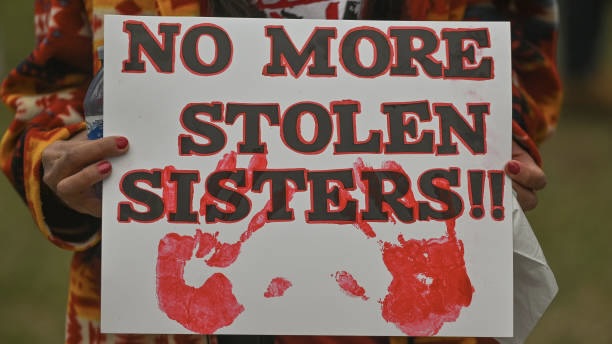In 2015, “Women in Canada: A Gender-based Statistical Report” revealed stark disparities in the rates of violence faced by Indigenous women. The report highlighted that since 2001, Indigenous women faced a homicide rate six times higher than non-Indigenous women. From the 1980s, the number of homicides involving Indigenous women has risen from 9% to 24% in 2015. Further, the sexual assault rate for Indigenous women was three times higher than of non-Indigenous women and they were subjected to violent victimization at a rate 2.7 times higher.
In a separate report, the Assembly of First Nations highlighted that despite Indigenous people comprising only 4.3% of Canada’s population, missing Indigenous women, accounted for 11% of all missing women. Due to historical underreporting, particularly the inconsistent recording of victims’ Indigenous identity by the Police until 2013, the available data likely underestimates the true extent of violence against Indigenous women in Canada. Moreover, the prevalence of unreported cases, particularly those concerning sexual violence, further suggests that the actual numbers could be significantly higher than official records.
Tracing Back
The deep-rooted causes of this problem stem from Canada’s colonial past, which has inflicted trauma on Indigenous women through forced displacement from their lands, experiences in the residential schooling system, and subsequent assimilation strategies. These injustices have contributed to the present-day social and economic disparities among Indigenous communities, compounded by systemic racism and discrimination. Consequently, Indigenous women bear a disproportionate burden of vulnerability to violence.
While historically, Canada’s relationship with Indigenous people has been complex, the government’s institutional challenges in delivering sufficient support services have worsened the problem. Many Indigenous communities lack adequate shelter, counselling, healthcare, education, and, in some cases, access to clean water. In cases where these basic services are available, they are often provided at a lower quality than those offered to non-Indigenous people. Persistent underfunding of Indigenous services further widens inequalities, partly stemming from the government’s neglect to involve Indigenous communities and leaders in policy implementation.
The third contributing factor to the high rates of missing and murdered Indigenous women is the inadequate action within the judicial system. Law enforcement have been criticized for over-policing Indigenous populations while neglecting to investigate crimes against them adequately. Policing practices frequently fail to address cases seriously, resulting in long response times or mishandling of investigations.
Looking Ahead: Policy Suggestions
Key recommendations from the “National Inquiry into Missing and Murdered Indigenous Women and Girls”, emphasizes the importance of addressing the issue through prevention measures and police reform. Adequate funding must be allocated towards violence prevention programs and support services tailored to Indigenous women, including access to safe housing and transportation in remote areas. Police reform entails replacing current policing programs in Indigenous communities with new legislative frameworks, that prioritize responsiveness, transparency, and accountability. Central to these efforts is consulting Indigenous women, to ensure their voice shape culturally relevant and sensitive initiatives. Ultimately, effective solutions require participatory processes that empower Indigenous communities and restore their agency in addressing this critical issue.


